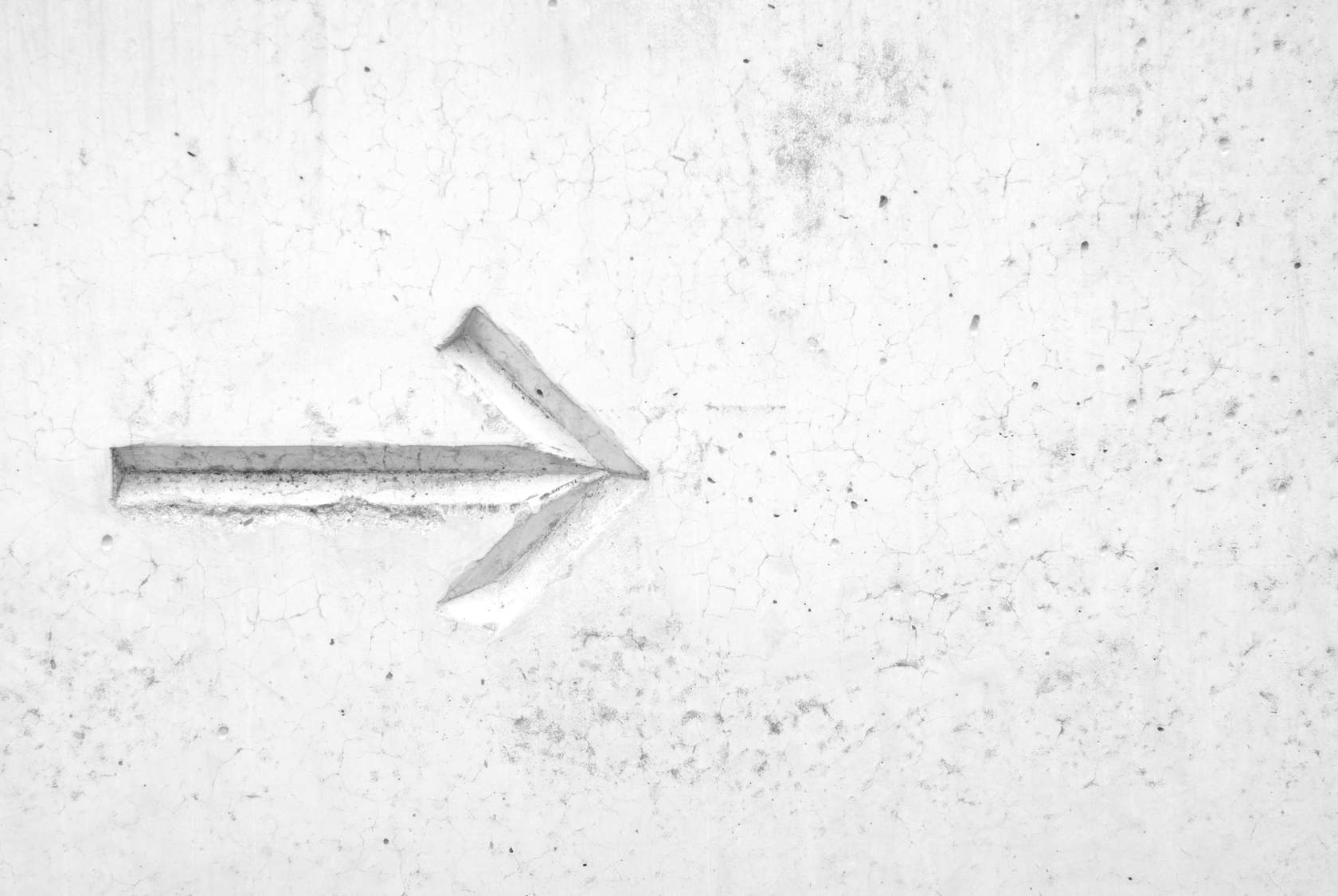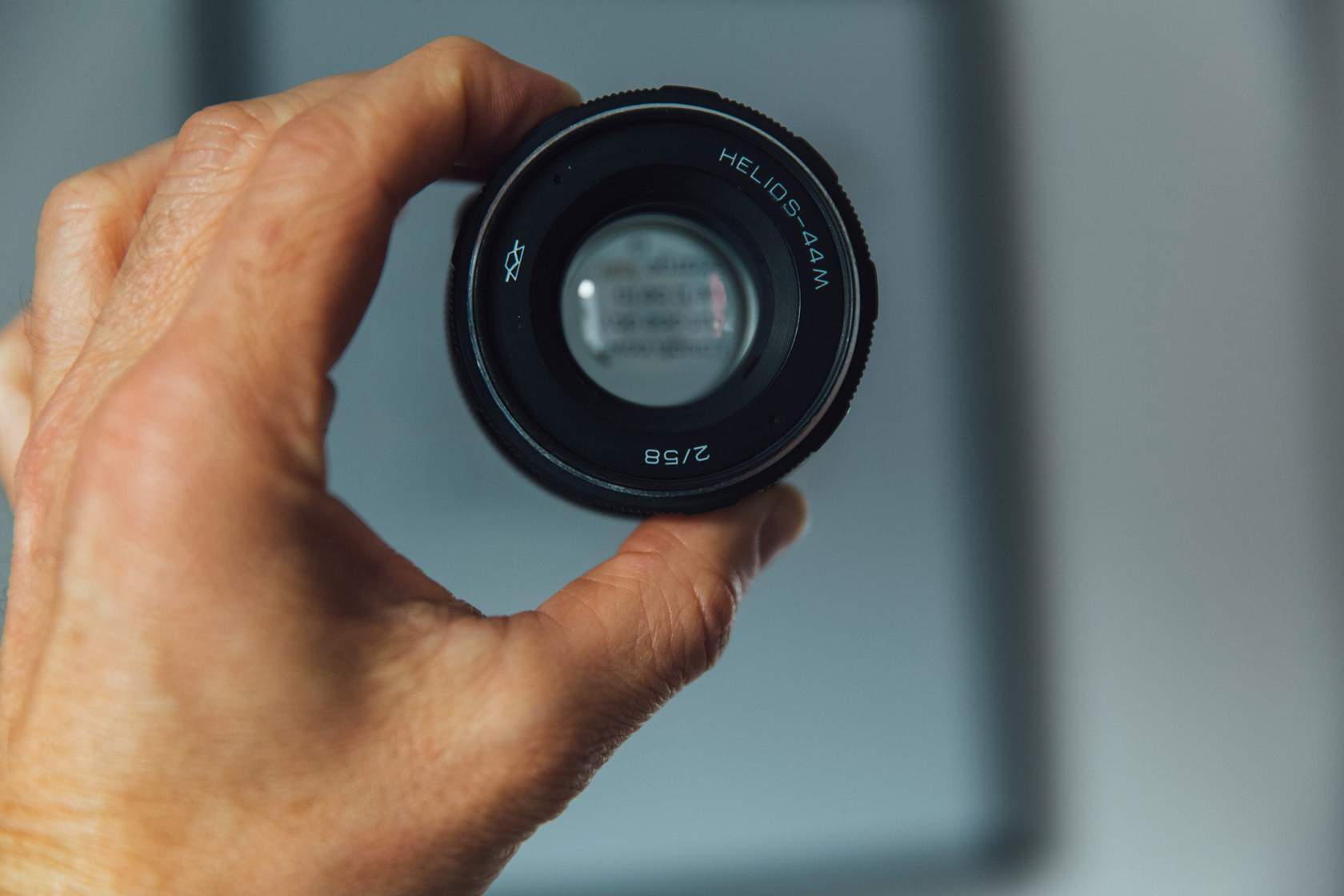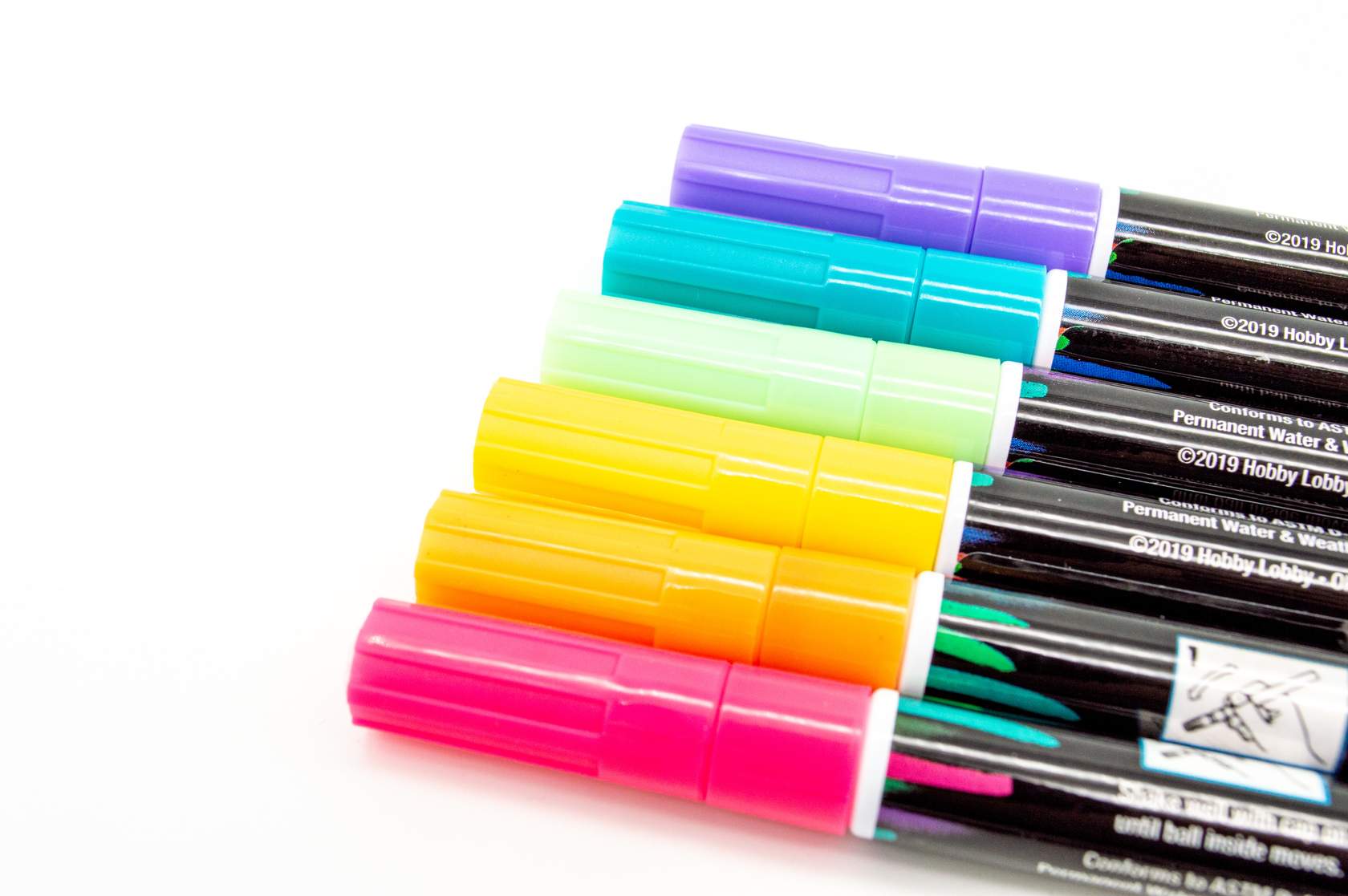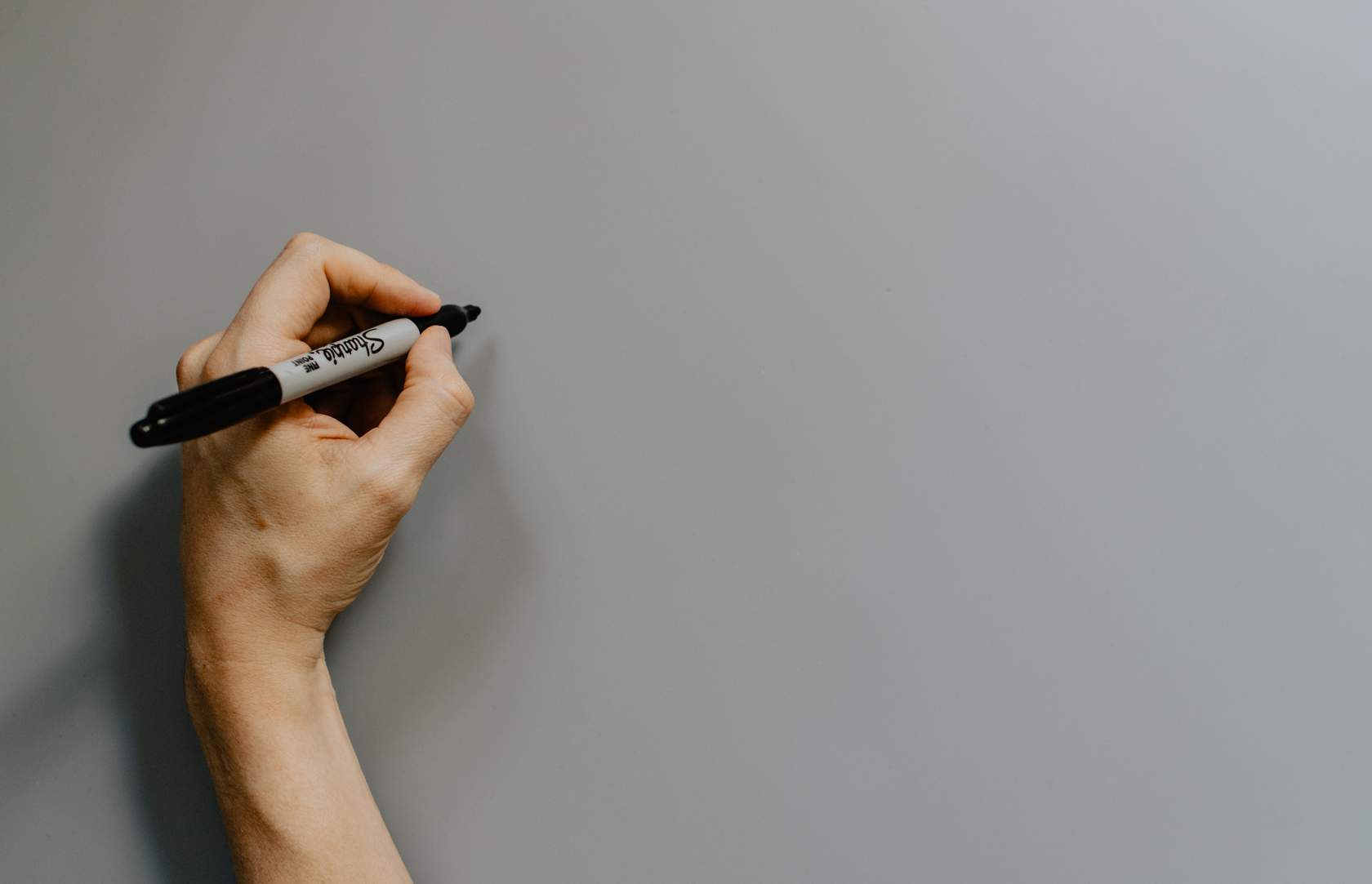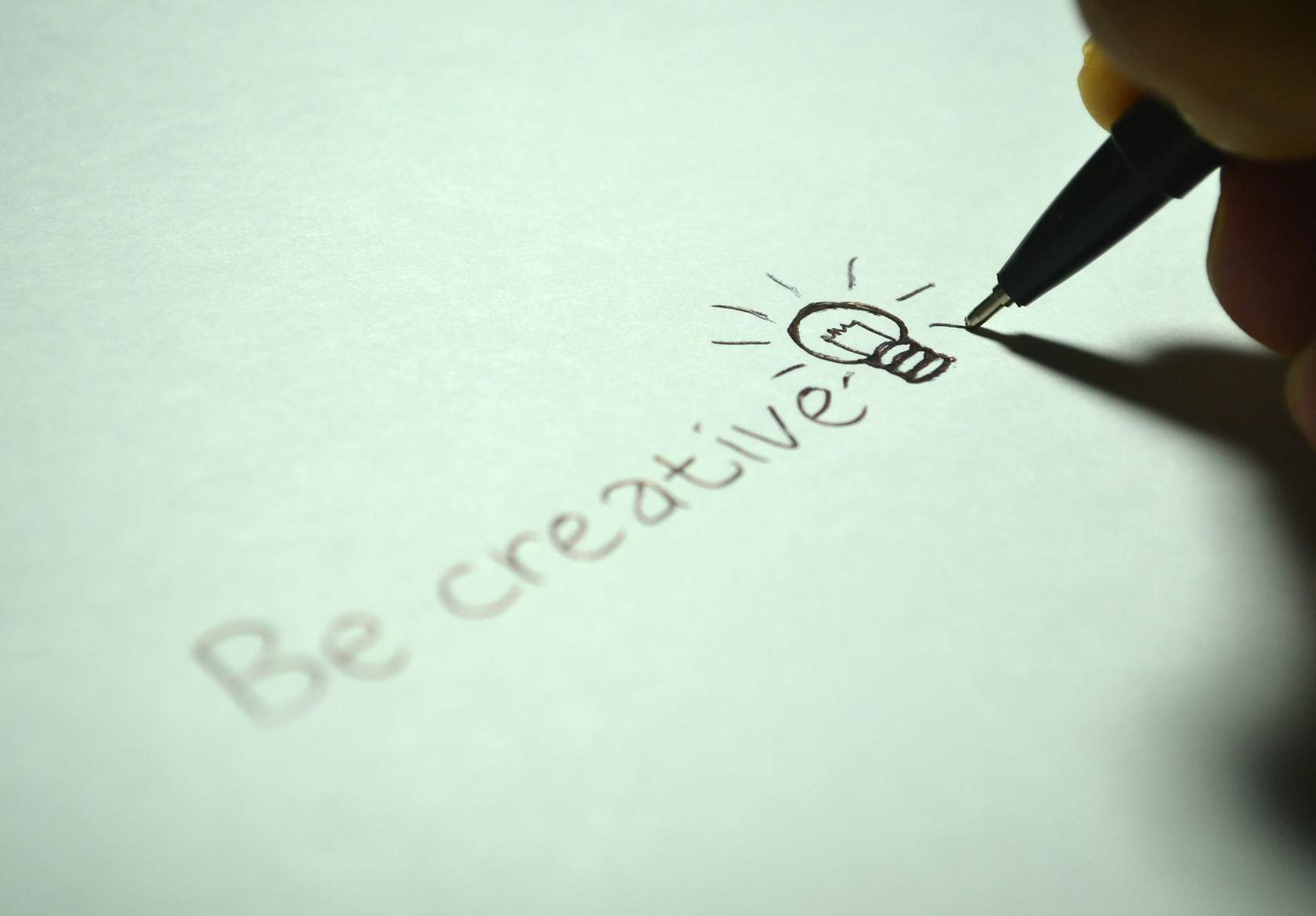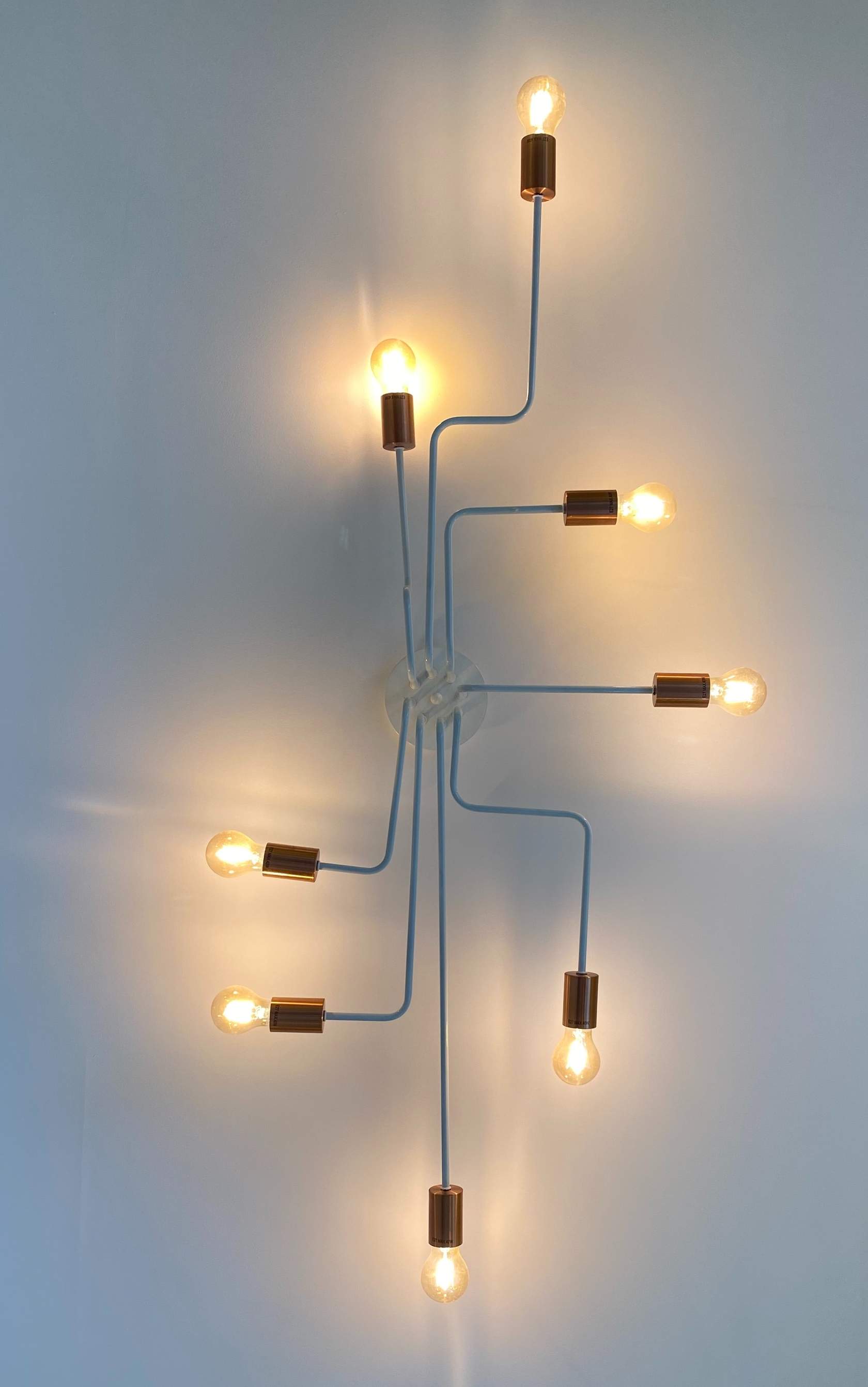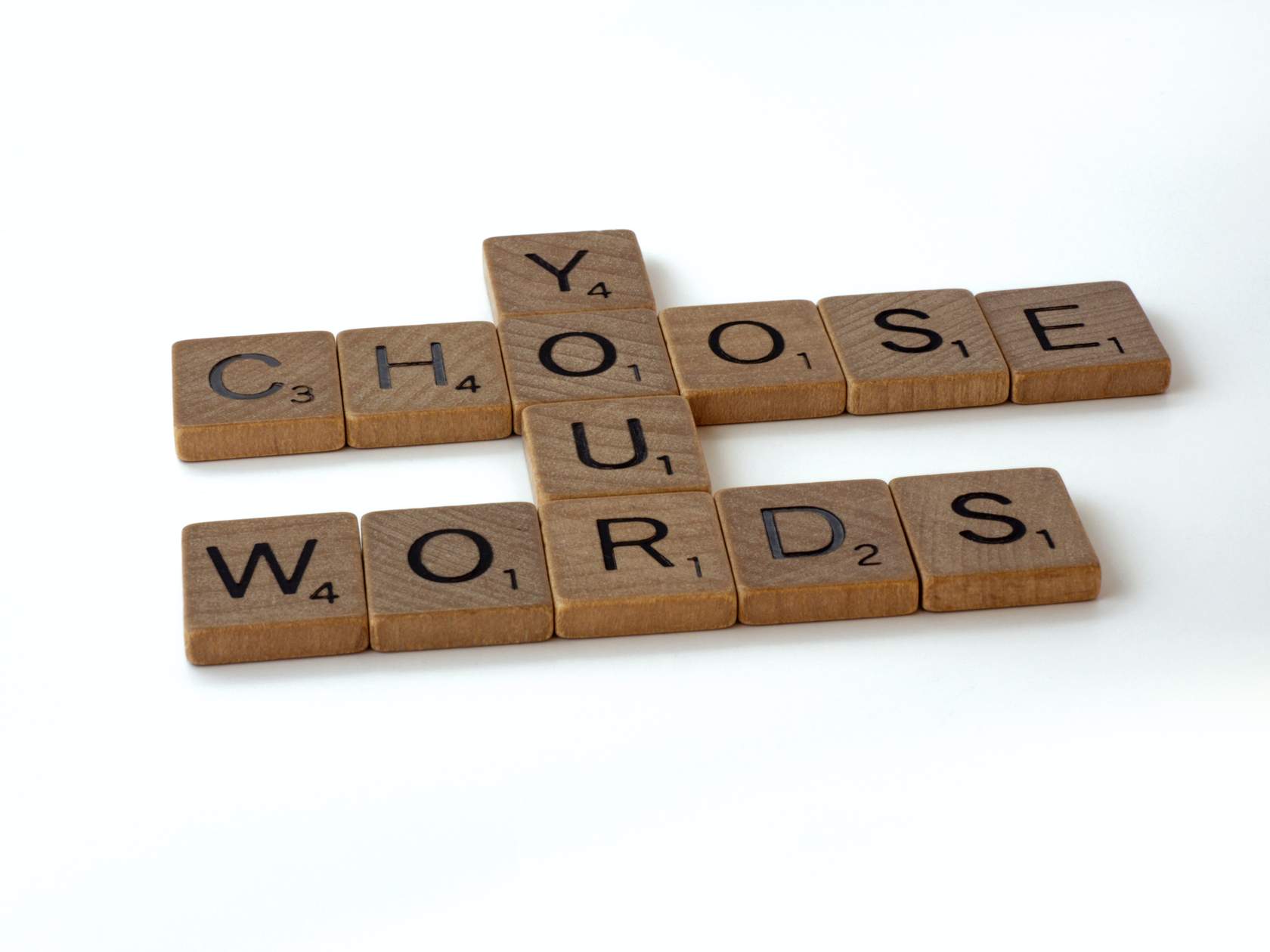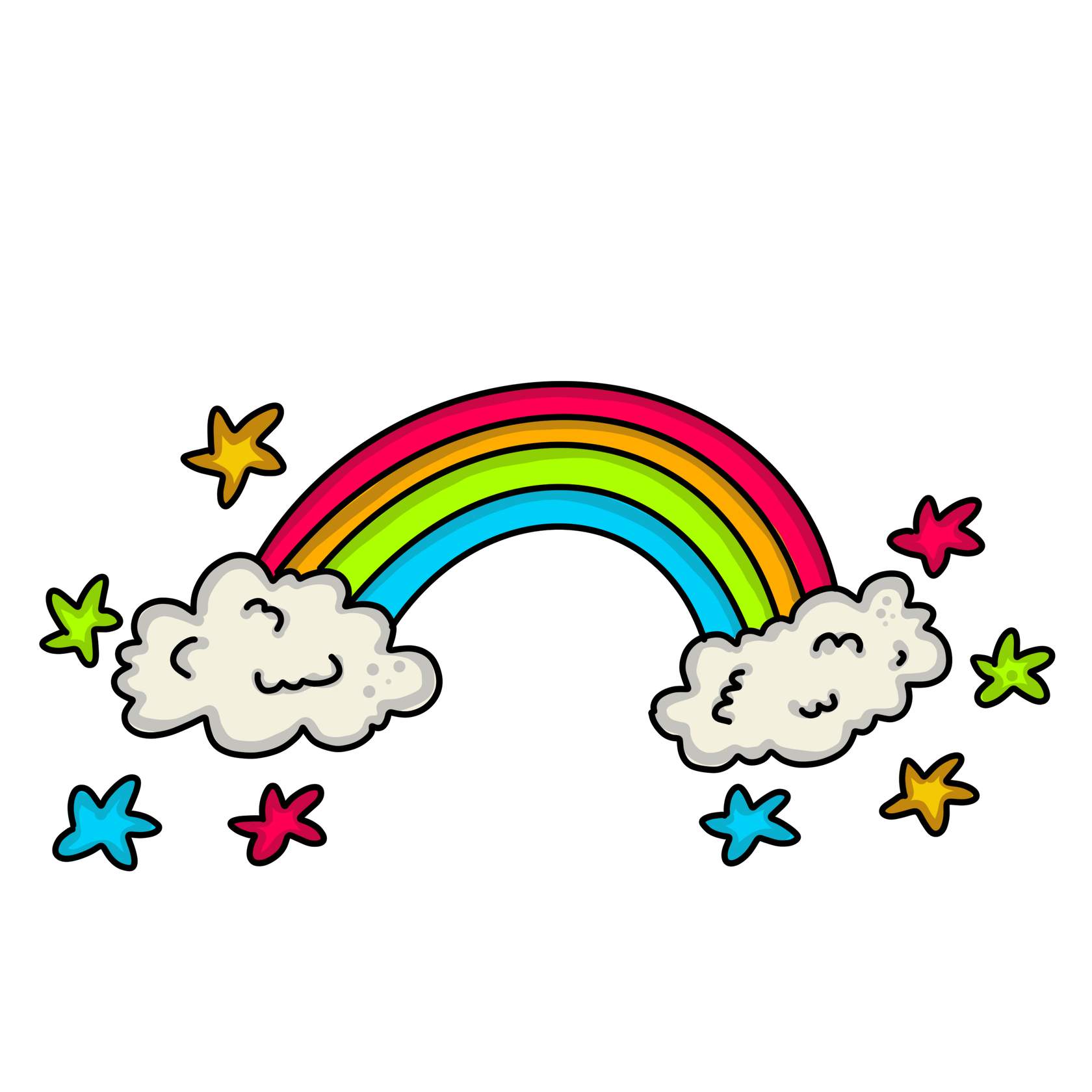76 Rich Pictures and Metaphors
The Rich Picture Technique is particularly useful in understanding the elements and relationships that make up your organisational culture helping you uncover issues, relationships, ideas, and solutions that are not apparent through other methods.
Have fun with this task. Let your intuition and playfulness come forward. Don’t try to make sense of everything at first. Move away from your usual linear thinking and allow the whole picture to emerge using stick figures, symbols, and sketches. Afterwards, capture any surprising insights, connections, patterns, and relationships in your Reflective Journal.
Here are a couple of completed rich pictures for you to explore. You can have some fun and work out what the ‘stories’ are in these examples.
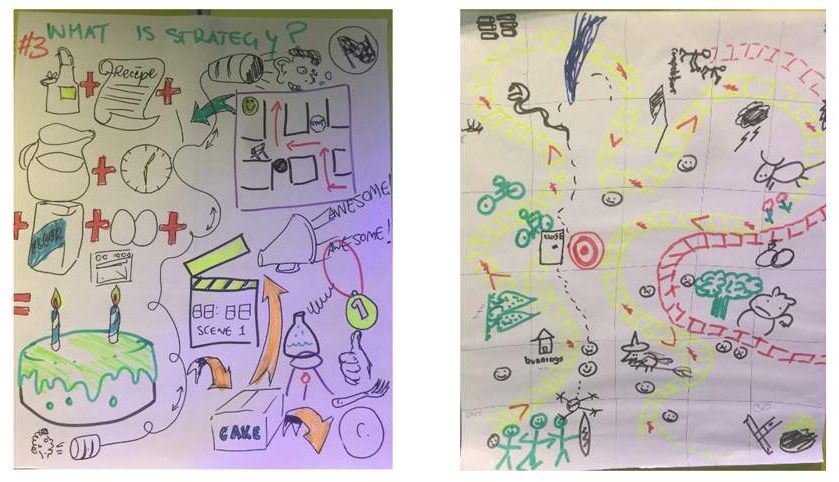

As you wrap up this section notice that you have practiced using images and symbols to tell stories and gather insights. These are images and symbols about your life and the issues and challenges you are working on.
These life pictures and your change opportunity pictures are great shorthand ways to explore situations and gain deeper understanding. The psychological mechanisms that underpin these are powerful and whilst many people will immediately say ‘I can’t draw’ or ‘This isn’t for me’, once the process begins the dynamic and the environment around you begin to change and you and others become more creative and collaborative.
Activity
‘Rich Pictures’ is the name given to a visual thinking technique that promotes a non-linear, whole-of-system view of a problem or situation. While the technique is somewhat like mind-mapping, the use of pictures rather than words promotes right-brain function which fosters a more intuitive, spatial awareness, allowing surprising insights to emerge.
The technique is particularly good in the early stages of understanding a problem and for learning about complex or ill-defined problems because the use of ‘rich’ visual detail helps to reveal relationships and connections that more linear approaches miss. It is also a useful tool to use with your team to create a shared understanding of a problem, especially the interrelationships between problems, stakeholders, and work groups.
Many of the images and processes you draw will be the basis of metaphors. You have already started working with metaphors in this unit including the batteries metaphor you are using as the energy for change.
You don’t have to be good at drawing. Stick figures, thumbnail sketches, quick cartoons, symbols, icons, or rough outlines will do. Use a large sheet of paper and coloured markers. Begin drawing anywhere on the page. Trust your intuition to guide you. Represent every aspect of your situation that you can think of. Include yourself in the picture. Illustrate feelings as well as things. For example, use metaphors or emoticons to show attitudes and moods. Represent aspirations and fears, threats and possibilities, past and future events. Draw key stakeholders, key concepts and opportunities. Add different types of connecting lines as relationships emerge. You can add some word labels as you go but try to avoid too much writing so that you stay in ‘right-brain’ drawing mode.
This is also a very powerful group activity. Working on something together creates additional insights around an issue or challenge.
After the drawing phase is complete it is time to explore story. Here new insights emerge. Consider or share what the symbols mean and what relationships you see. Although your rich picture may not be meaningful to anyone else, you may find that you now have a deeper understanding of a situation that was previously unclear.
We want you to focus on your change opportunity as you practice rich pictures.


